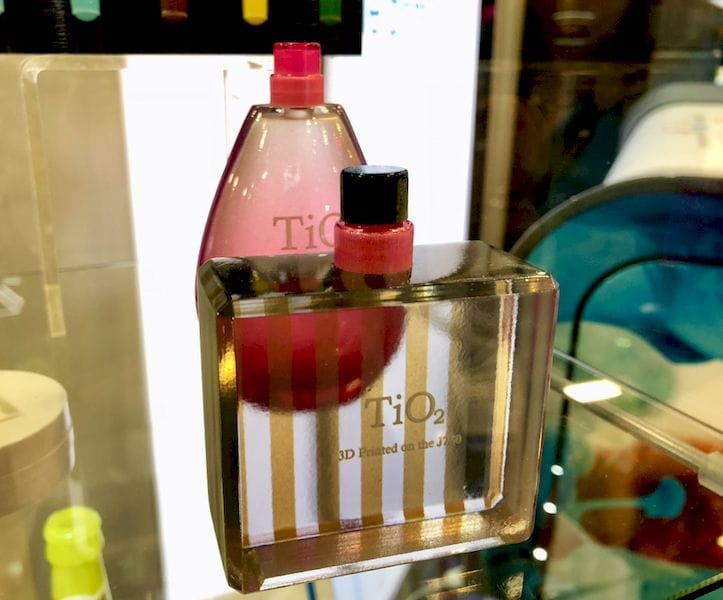
What do you really use full-color 3D printing for? I have some ideas.
Full-color 3D printing at first seems to be quite an impressive technology. Rather than parts being monochrome and mechanical, they can “come to life” with the addition of advanced colors and textures. In some cases, the color prints are sufficiently realistic to fool people — until they pick up the object and see that it feels and weighs much differently than they expected.
However, vast amounts of 3D printing activity focus on applications that have nothing to do with full-color 3D printing. Mechanical parts, physical prototypes, production components and others simply don’t need color.
And since that’s where most of the action (and money) is these days, there seems to be few applications that truly demand use of full-color 3D printing.
But what are some real applications for full-color 3D printing? Here are some that I’ve seen successfully used.
Figurines
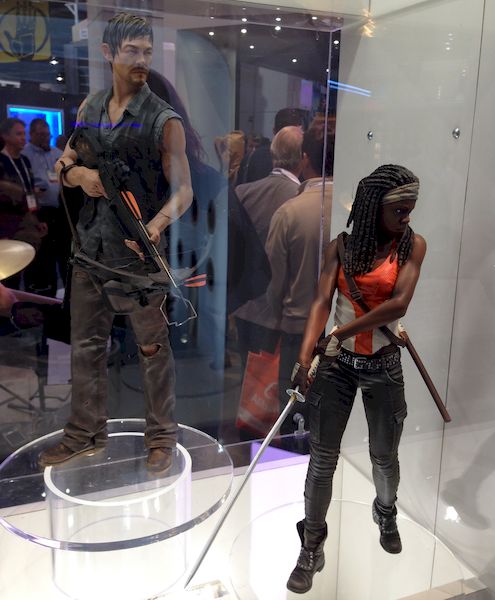
The figurine business was perhaps one of the first profitable applications for full-color 3D printing. The concept is to produce, on-demand, a full-color replica of a well-known character from a digital source.
Examples could include characters from a TV show, notable celebrities, spaceships, game characters, etc. There are multiple sites now set up with arrangements with license holders to legally produce this type of model.
3D Portraits
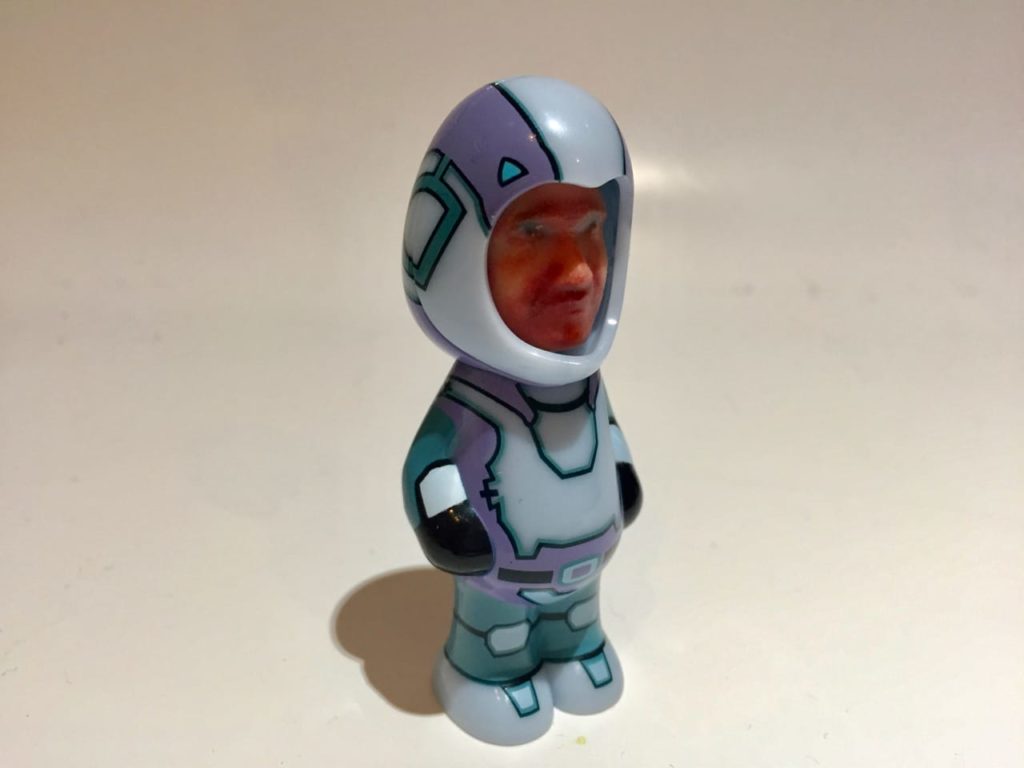
Much like going to a studio for a 2D image portrait, there are now services that can capture a 3D model of a person, child or pet. These full-color 3D models are then sent to a partner 3D print service equipped with full-color 3D printers to produce the portrait. The client ends up with a “3D portrait” they can display or give to relatives.
The most popular approach here is to use a 3D capture booth, in which a large number of optical cameras are arranged around the inside of the booth. They all trigger simultaneously, capturing multiple-angled views of the subject. These are then processed using photogrammetry to produce the 3D model, which is then printed at a cooperating service.
Anatomical Models
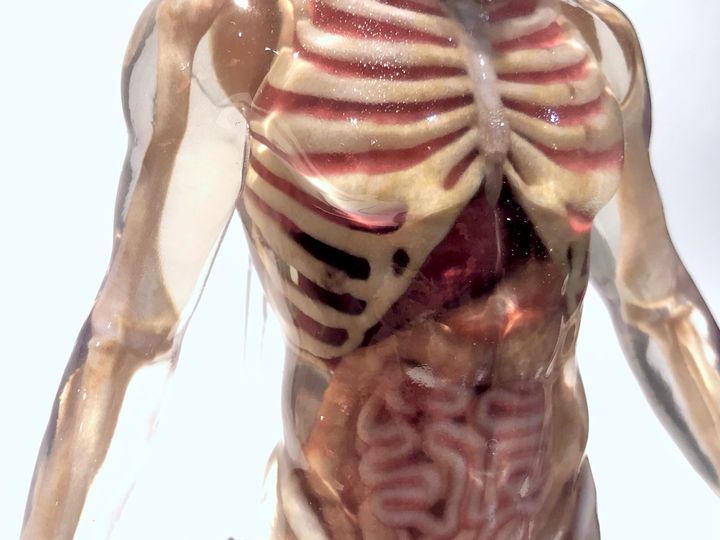
We can’t see inside our bodies, but we can produce full color 3D models of our inner workings. Recent advances in 3D scanning have allowed the possibility of capturing detailed views inside the body, and these can be processed into printable full-color 3D models.
Why produce anatomical 3D models? There are two main uses. One is simply education, where children or medical students can become much more familiar with body parts without resorting to cutting up a real body.
The second use is for medical procedure planning. For complex operations it is sometimes useful to 3D print a replica of the affected body areas for the surgeons to either examine, or in some cases, actually rehearse their operation’s plan.
Consumer Product Prototyping
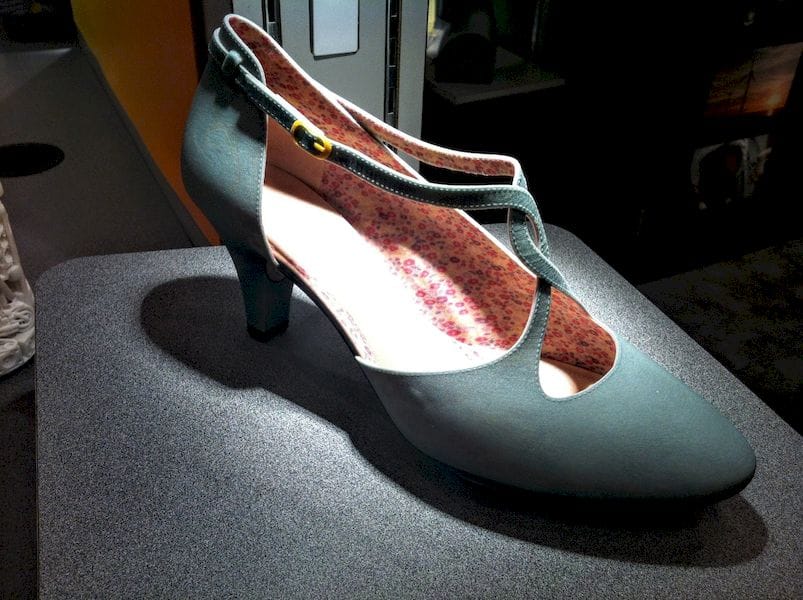
The world of consumer fashion is incredibly competitive and takes many cues from the aesthetic rather than functional disciplines. While a sneaker might work well, it also has to look very attractive to entice buyers.
But what should a shoe look like? There are literally an infinite number of possibilities.
That’s where full-color 3D printing can be used: designers would whip up a series of candidate designs and just “print them all” in full color. The resulting realistic prints can then be lined up for inspection by the bosses, who can see what the products would actually look like in real life. This is a vastly more efficient process than actually producing real shoes in many different designs.
Architectural Models
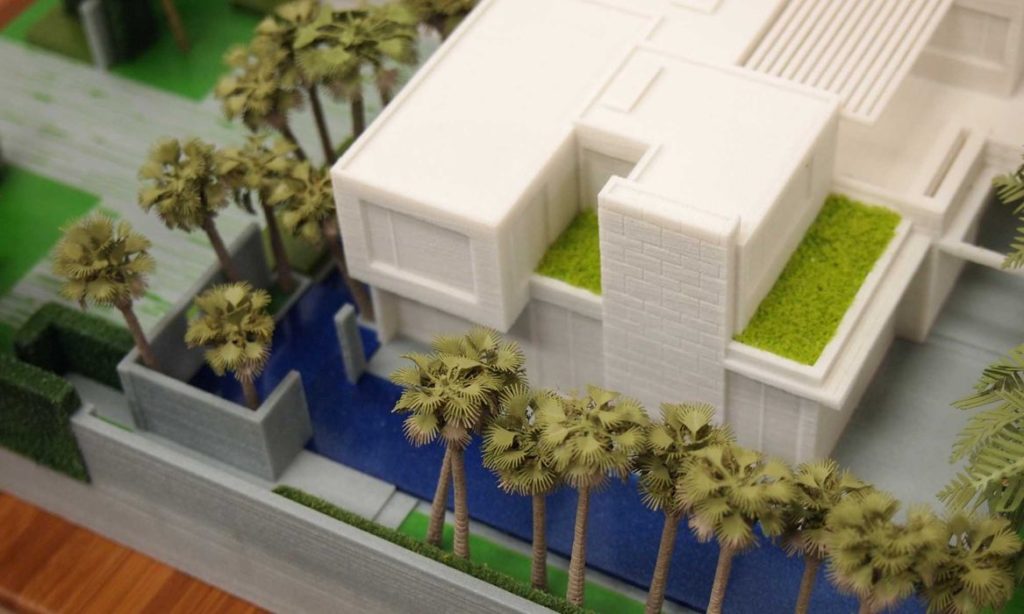
In the old days architectural models would be built using wood, paper and plastic. But today it’s far easier because you simply 3D print the 3D model of the structure.
That’s become easier due to the more advanced architectural CAD software available these days, which can be used to produce printable 3D models. Thus it can be far easier and quicker to produce a full-color 3D print of a proposed building.
3D Maps
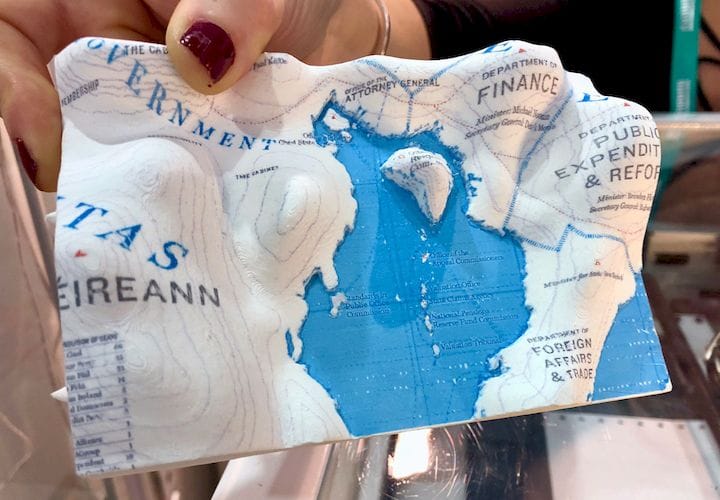
When I was younger, maps were paper: 2D representations of an area. That worked well for me as most of the area around here turns out to be flat, but when there are elevations involved, the 2D maps become less representative of reality.
3D maps can easily be 3D printed using full-color 3D printers. These 3D printed maps can include all kinds of detail, just as 2D maps would do, except that the elevations can be real. Often these 3D maps will exaggerate the elevation in order to see the terrain.
Archaeological Research
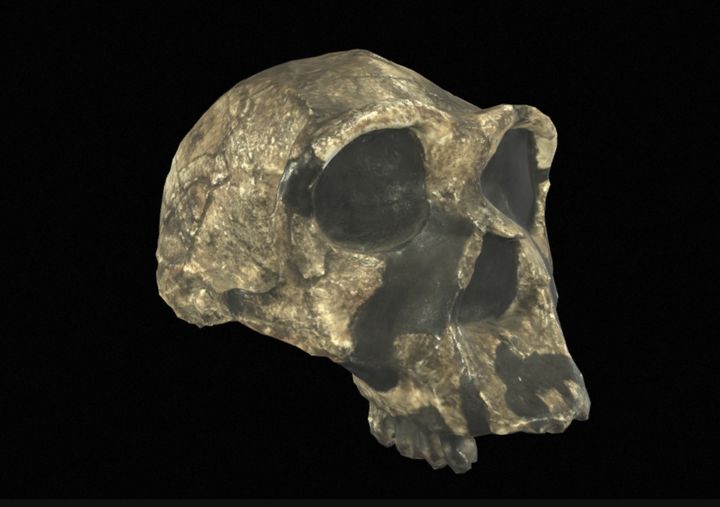
It’s possible to 3D scan rare archeological items and share them among researchers without having to physically transport — and potentially lose or damage — the finds.
Once a digital 3D model is transferred to another party, it’s possible to 3D print the object in full color where some types of research can be done.
3D Printed Fabric

Some have been experimenting with fashions that you can wear, and of course full color is a requirement for anything in the fashion zone. These would be made with flexible materials or material printed sufficiently thin to become flexible.
That’s my list of seven ways to use full-color 3D printing. Do you know of any more?
